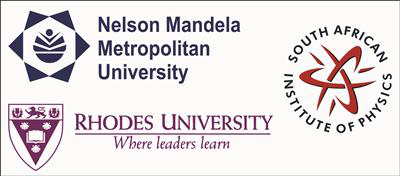Speaker
Would you like to <br> submit a short paper <br> for the Conference <br> Proceedings (Yes / No)?
No
Apply to be<br> considered for a student <br> award (Yes / No)?
No
Level for award<br> (Hons, MSc, <br> PhD, N/A)?
N/A
Please indicate whether<br>this abstract may be<br>published online<br>(Yes / No)
Yes
Abstract content <br> (Max 300 words)<br><a href="http://events.saip.org.za/getFile.py/access?resId=0&materialId=0&confId=34" target="_blank">Formatting &<br>Special chars</a>
Stellar streams are powerful probes of the Milky Way. However, unlocking their full power is not trivial. It is necessary to explore the full parameter space of available Milky Way models. Moreover, non-stream constraints should be combined with the constraints from some stellar stream. In addition to these methodological considerations, it is important to model the streams themselves efficiently and accurately. To that end, we explore three different stream modelling algorithms that are particularly efficient and can be easily applied to current observations. The simplest algorithm, orbit-fitting, is insufficiently accurate. However, the other two algorithms, the streamline and distribution methods, are provide great improvements over the orbit-fitting method.

